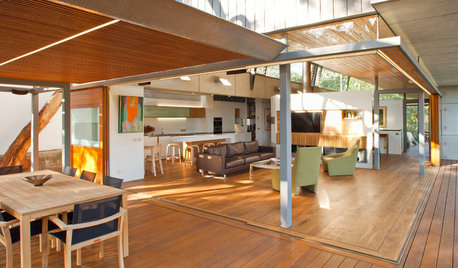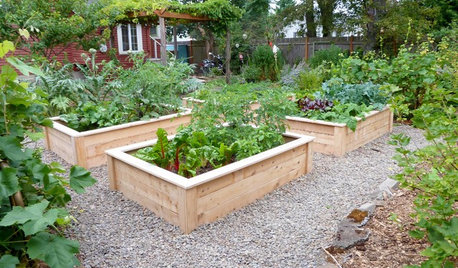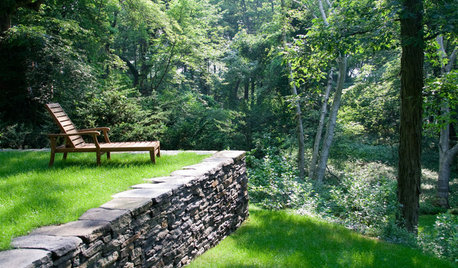Help! Trees on retaining wall step?
retainingwalldude
9 years ago
Related Stories

REMODELING GUIDESWisdom to Help Your Relationship Survive a Remodel
Spend less time patching up partnerships and more time spackling and sanding with this insight from a Houzz remodeling survey
Full Story
STANDARD MEASUREMENTSThe Right Dimensions for Your Porch
Depth, width, proportion and detailing all contribute to the comfort and functionality of this transitional space
Full Story
PETS6 Ways to Help Your Dog and Landscape Play Nicely Together
Keep your prized plantings intact and your dog happy too, with this wisdom from an expert gardener and dog guardian
Full Story
CONTEMPORARY HOMESHouzz Tour: A Heartfelt Home Amid the Trees
An architect helps his parents’ dreams come true by building them a ‘forever home’ connected to its valley views
Full Story
ORGANIZING4 Questions to Help You Organize Your Favorite Photos
Organize your keeper photos with a system that's just right for you, whether it's in the cloud or you can hold it in your hand
Full Story
GARDENING GUIDES12 Tips to Help You Start an Edible Garden
Get on your way to growing your own vegetables with a raised bed or a few containers on the patio
Full Story
COLORPick-a-Paint Help: How to Create a Whole-House Color Palette
Don't be daunted. With these strategies, building a cohesive palette for your entire home is less difficult than it seems
Full Story
LANDSCAPE DESIGNWhat the Heck Is a Ha-Ha, and How Can It Help Your Garden?
Take cues from a historical garden feature to create security and borders without compromising a view
Full Story
REMODELING GUIDES8 Tips to Help You Live in Harmony With Your Neighbors
Privacy and space can be hard to find in urban areas, but these ideas can make a difference
Full Story
BATHROOM WORKBOOKStandard Fixture Dimensions and Measurements for a Primary Bath
Create a luxe bathroom that functions well with these key measurements and layout tips
Full StorySponsored
Columbus Area's Luxury Design Build Firm | 17x Best of Houzz Winner!
More Discussions









Toronado3800 Zone 6 St Louis
floral_uk z.8/9 SW UK
Related Professionals
Suffern Landscape Architects & Landscape Designers · Peabody Landscape Contractors · Deerfield Landscape Contractors · Doctor Phillips Landscape Contractors · Norristown Landscape Contractors · Pleasant Prairie Landscape Contractors · Yuba City Landscape Contractors · Bolingbrook Siding & Exteriors · Oak Creek Siding & Exteriors · Rockville Siding & Exteriors · Diamond Bar Decks, Patios & Outdoor Enclosures · Freehold Decks, Patios & Outdoor Enclosures · Lauderdale Lakes Decks, Patios & Outdoor Enclosures · Medford Decks, Patios & Outdoor Enclosures · Provo Decks, Patios & Outdoor EnclosuresretainingwalldudeOriginal Author
gyr_falcon
retainingwalldudeOriginal Author
ken_adrian Adrian MI cold Z5
hoovb zone 9 sunset 23
missingtheobvious
gyr_falcon
davidrt28 (zone 7)